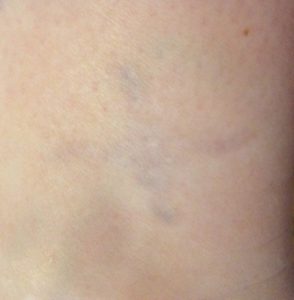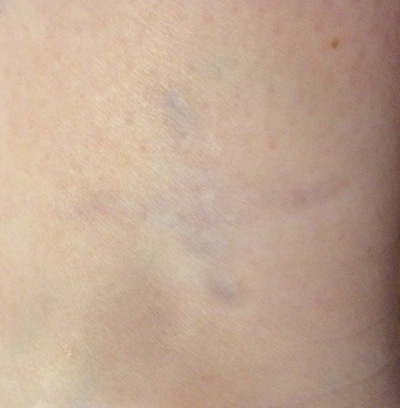Tattoos are often considered permanent, it is possible to remove them, sometimes fully, but often there is a shadow of ink or a scar left behind. Tattoos gained popularity in the 90’s, tattoo removal gained popularity in the 00’s!
Early forms of tattoo removal included the injection or application of wine, lime, garlic or pigeon excrement. Tattoo removal by laser was performed with continuous-wave lasers initially, and later with Q-switch lasers, which became commercially available in the early 1990s. Today, “laser tattoo removal” usually refers to the non-invasive removal of tattoo pigments using Q-switched lasers.
Tattoo removal lasers break down the ink in the tattoo then the broken-down ink is absorbed by the body, mimicking the natural fading that time or sun exposure would create. A tattoo laser must be capable of emitting adequate energy within the given absorption spectrum of the pigment to provide an effective treatment. Certain tattoo pigments, like yellows and greens are more challenging to treat than darker blacks and blues, because they have absorption spectra that fall outside or on the edge of the emission spectra available in the tattoo removal laser.

Tattoo removal sessions vary in intensity, largely depending on the practitioner and the laser device. Laser tattoo removal must be performed by a doctor, or in some states, a registered nurse. It is not uncommon to have some blistering and swelling at the treatment site after a laser treatment. This actually speeds the breakdown of the ink.
On average, it can take 12-15 treatments to completely remove a tattoo. Depending on the size of the tattoo, each session can cost $125-$300 and
even higher.
Tattoo “removal” is a very popular service, however, be aware it may not be as easy as it sounds!


